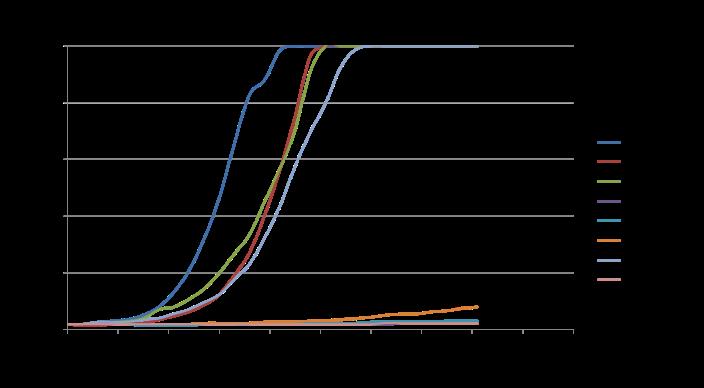
Heidi L Rowles
University of Cincinnati-Clermont College, USA
Title: Probiotics: Growth patterns of Lactobacilli and their effects on antibiotics, pathogenic bacteria, and other Lactobacilli strains
Biography
Biography: Heidi L Rowles
Abstract
Statement of the Problem: Incidences of bacterial infections continue to increase and alternative treatments need to be developed. People are seeking more natural and holistic medical care which includes probiotics. The microbiome has become a focus of interest in medicine and study of the gut bacteria is needed to determine the health impact of probiotics. Exploring the interaction of antibiotics and probiotics is an important area of research as antibiotics cause wide-spread devastation throughout the microbiome. Developing a probiotic that can combat the effect of an antibiotic on the microbiome is essential to eliminate the decimation caused by antibiotic therapy. Studying the growth of individual probiotic strains and combinations thereof is an important foundation in probiotic research and necessary in developing effective probiotic supplements.
Methodology & Theoretical Orientation: Standard bacterial growth curves were established for several commercial probiotics and compared to pathogenic bacteria. Probiotics and pathogenic bacteria were combined to establish growth curves for these amalgamations. Growth curves were established for individual strains of lactobacilli and some initial combinations of these strains. Ampicillin and penicillin susceptibility discs were used to treat plates of varying concentrations of probiotic bacteria to determine the effect by measuring the zones of inhibition.
Findings: Ampicillin and penicillin are less effective against a combination of Lactobacillus and Bifidobacterium than on the individual genera. A probiotic containing Lactobacillus fermentum exhibited a growth rate similar to the pathogenic bacteria.
Conclusion & Significance: The interactions of indigenous gut and probiotic bacteria are very complex and research into these interactions is needed to develop a deeper understanding of the role the microbiome plays in overall health. Research of probiotic bacteria is needed to develop effective probiotics. Emphasis should be placed on the study of Lactobacillus fermentum in the microbiome based on the results of this research.


